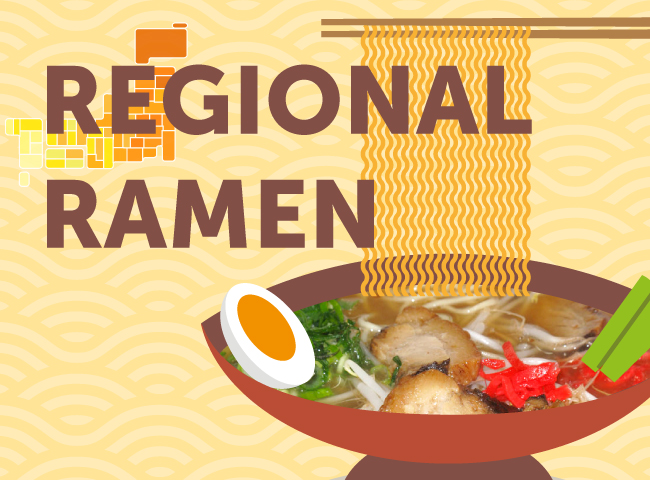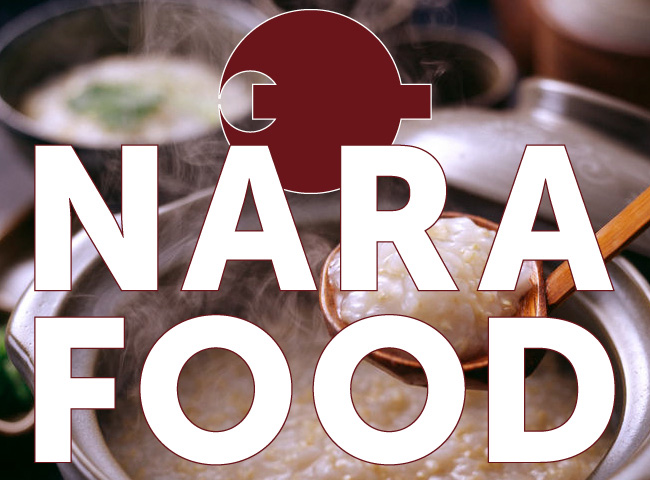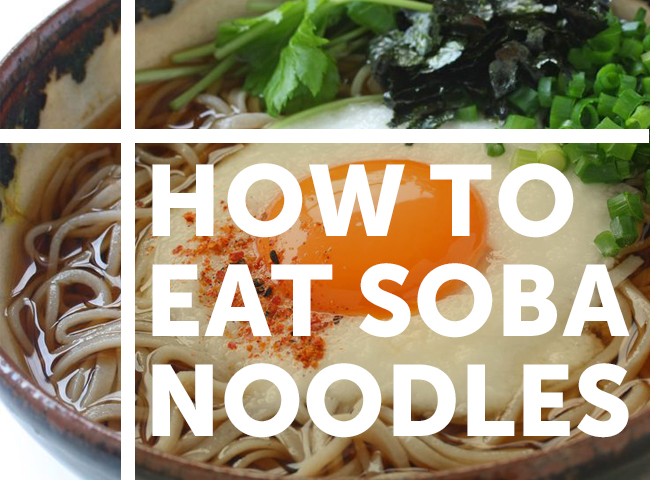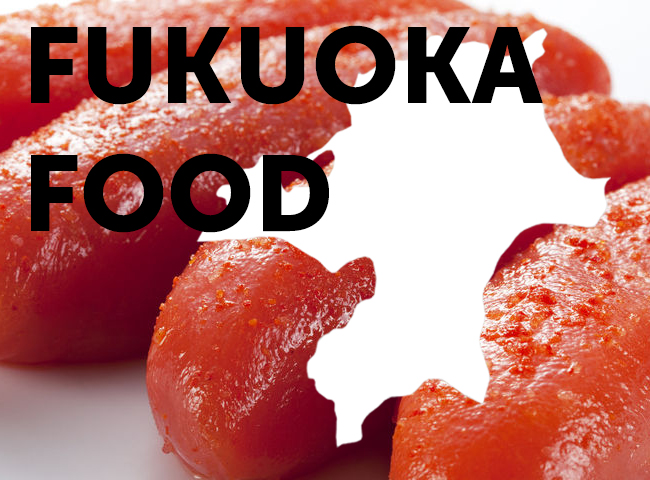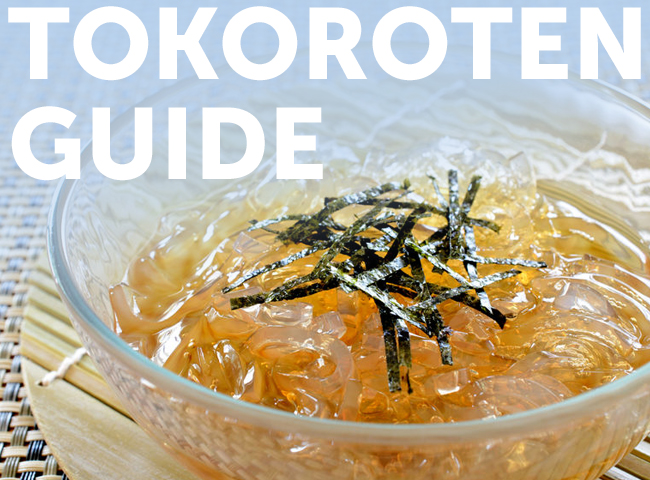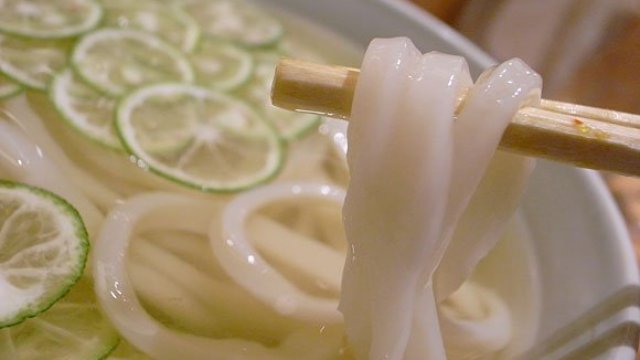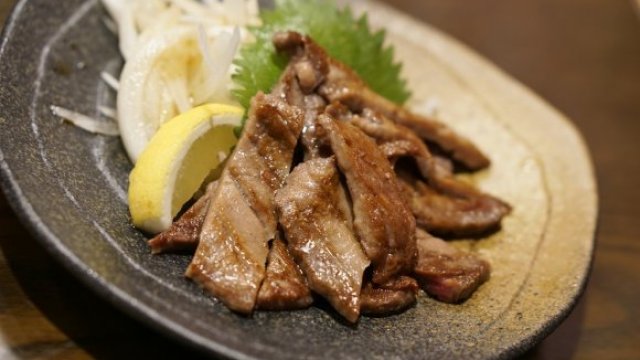Types of Japanese Soba Noodles: From Zaru Soba to Tempura
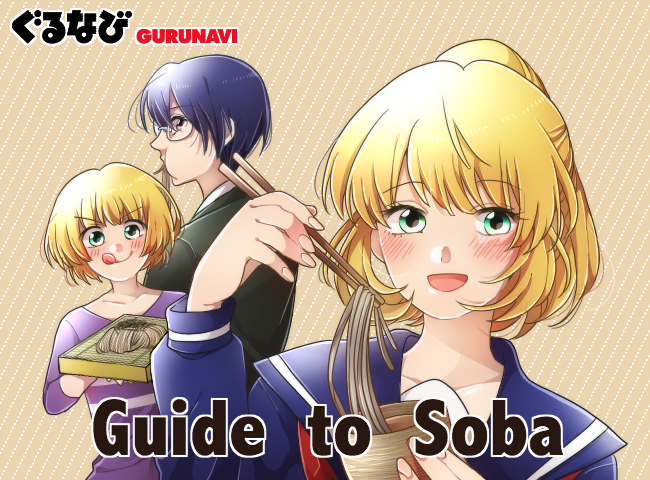
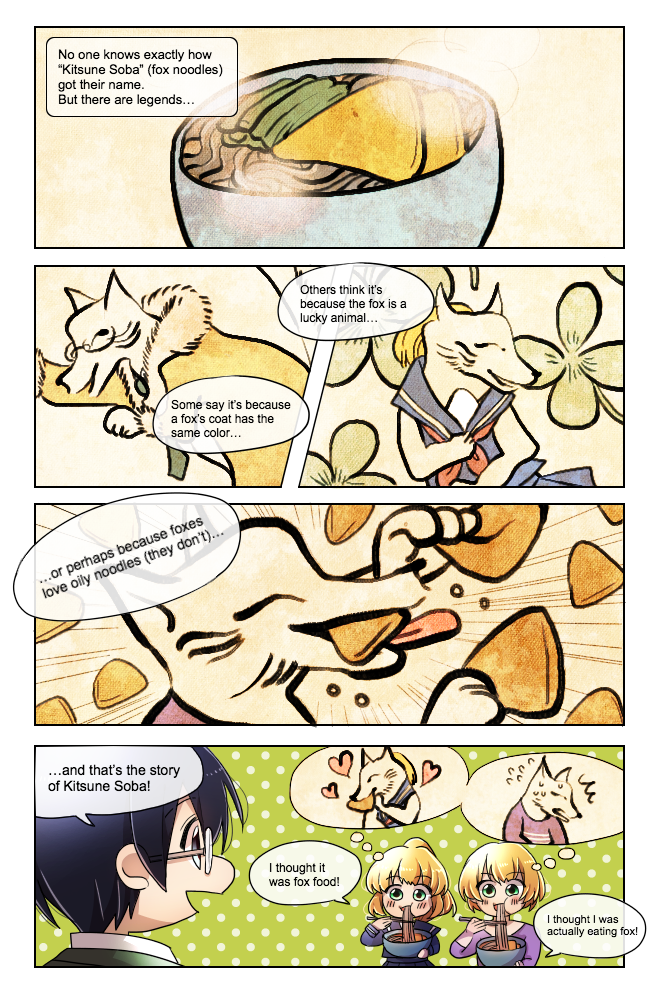
Soba noodles are one of the four main types of noodles in Japan. While the term “soba” is sometimes chuka-soba (ramen) or yakisoba (fried wheat flour noodles), it most commonly refers to long, thin noodles made from soba (buckwheat) flour. Its appearance is similar to spaghetti, but with a slightly nuttier flavor from the buckwheat. Soba noodles have been a popular food in Japan since the 1600s and can be found on the menu at most Japanese eateries as well as at specialty noodle restaurants, served hot or cold.
7 Ways to Enjoy Soba Noodles
Zaru Soba
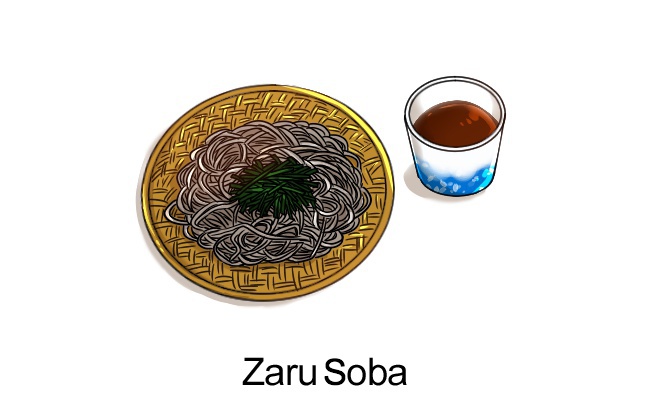
Zaru soba is a simple dish of chilled soba noodles eaten with a refreshing cold tsuyu dipping sauce. The dish gets its name from the traditional basket, called a “zaru”, that the noodles are served in. Most zaru soba is made with dried soba that’s boiled and drained, but fresh soba noodles called “te-uchi soba” are also a delicious treat. The tsuyu dipping sauce is made with soy sauce and dashi (Japanese fish broth), and may be garnished with condiments like freshly grated wasabi, daikon radish, and sliced spring onions.
Kake Soba
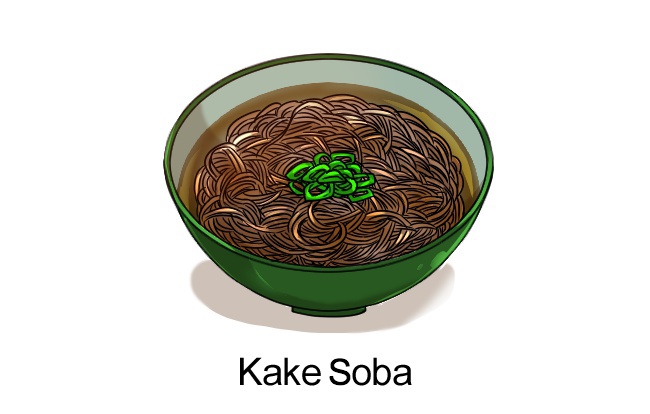
Kake soba is the most basic way to eat soba noodles in a hot dish. It’s made with soba noodles that are boiled and drained, with a hot noodle broth made from soy sauce, sweet mirin rice wine, and dashi poured over it. The dish gets its name from this broth, as “kake” means “to pour over” in Japanese. The dish has a mild flavor but can be seasoned with sliced spring onions and a sprinkle of shichimi pepper. A slice of kameboko fish cake may also be included.
Tensoba (Tempura Soba / Tenzaru Soba)
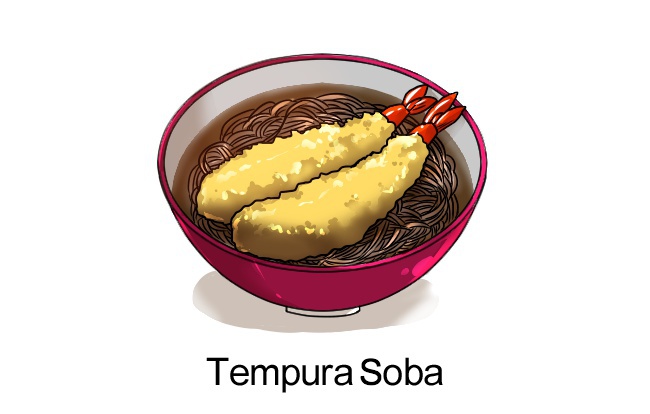
Tensoba is a dish of deep-fried tempura and Japanese soba served together, either hot or cold. The hot version of this dish features soba noodles in a mild broth of dashi and soy sauce, topped with pieces of seafood and vegetable tempura. It originated during the Edo period with a premium version called “ebi-ten” featuring shrimp tempura, as well as a more affordable version featuring kakiage tempura, made with various bits of seafood and vegetables deep-fried in the shape of a bird’s nest. Nowadays, there are a number of regional variations, such as vegetable tempura in the western Kansai region and seafood and vegetable tempura in the eastern Kanto region. A fried fish cake called “satsuma age” may also be offered as tempura in the Kyushu area.
The cold version of this dish is referred to either as “tenzaru soba” (tempura with a side of zaru soba) or “ten-seiro soba” (tempura with a side of chilled soba). The dish comes with a side of dipping soup that the noodles and tempura should be dipped in little by little as you eat.
Kitsune Soba / Tanuki Soba

Kitsune soba is a dish of hot or cold soba noodles topped with a thin sheet of aburaage (fried tofu). The dish is available everywhere in Japan, but in the Osaka area it goes by the name of “tanuki soba”. Interestingly, tanuki soba in the Kanto area refers to a different dish of hot or cold soba noodles topped with tenkasu, crunchy bits of fried tempura batter. If you’d like tenkasu-topped soba in Osaka, ask for “haikara soba”.
Tsukimi Soba
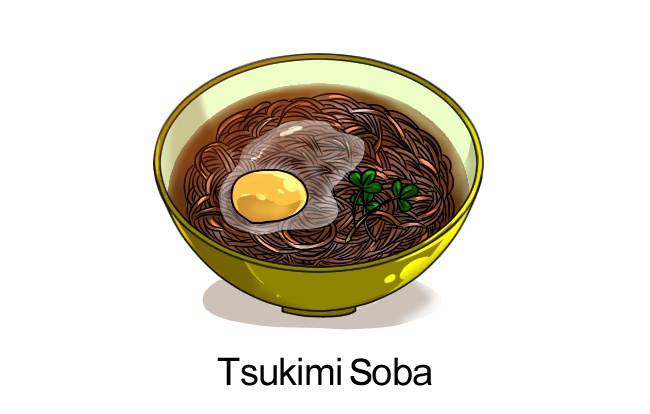
Tsukimi soba is a dish of Japanese soba topped with a raw egg that becomes poached when a hot broth is poured over. The name “tsukimi” refers to any egg dish with the yolk served intact, as the egg yolk is said to look like the moon (called “tsuki” in Japanese). Tsukimi dishes are popular to eat during the autumn, when there are many tsukimi (moon-watching) festivals.
Yamakake Soba / Tororo Soba
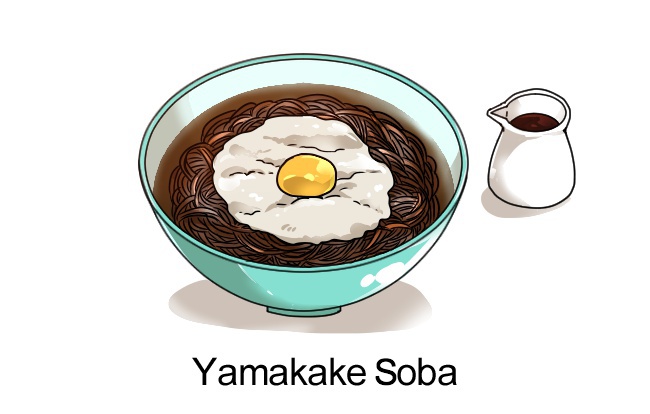
Yamakake soba, also known as “tororo soba” is a quintessential Japanese dish of soba topped with grated mountain yam and flavored with salty dashi broth. The grated yam has a sticky, glutinous texture that is highly prized in Japanese cuisine. This slippery, slimy dish may take some getting used to but in the summer it’s highly refreshing when eaten cold, and in the winter a hot bowl of yamakake soba is extremely nourishing.
Oroshi Soba

Oroshi soba is a cold noodle dish that’s perfect for the summer. It’s made with chilled soba noodles topped with grated daikon radish and cold mentsuyu noodle sauce poured over it. A variety of toppings can also be added, including crunchy tenkasu topping and diced spring onion.
Japanese Soba Have Varieties to Suit All Tastes
Soba noodles are a great choice for anyone looking for a delicious and healthy dish that can be enjoyed hot or cold. There are plenty of different ways to enjoy Japanese soba so why not give it a try?




